The sixteenth Bond film was to be, in many ways, a watershed in the long running franchise. Not only did it mark the end of Timothy Dalton’s brief tenure as 007 but it also marked the last contributions of actor Robert Brown (M), title designer Maurice Binder, producer Cubby Broccoli and director John Glen.
Licence to Kill would almost certainly also have marked the end of John Barry’s long association with the franchise, had throat surgery not rendered him unable to score the film. Instead, The Living Daylights would prove to be Barry’s last Bond soundtrack, leaving the producers to hire a new composer for Licence to Kill.
Licence to Kill (1989)
1. Licence to Kill
2. Wedding Party
3. Dirty Love
4. Pam
5. If You Asked Me To
6. James & Felix On Their Way To Church
7. His Funny Valentine
8. Sanchez Is In The Bahamas/Shark Fishing
9. Ninja
10. Licence Revoked
After his success with scoring 80s action pictures including Die Hard and Lethal Weapon, Michael Kamen was an obvious choice for Bond 16. For the theme tune, attempts to unite Eric Clapton and Vic Flick – the guitarist who memorably recorded the original James Bond theme – to record an updated Bond title tune were ultimately unsuccessful.
Consequently, the producers then chose a song written by respected American writer Narada Michael Walden, Jeffrey Cohen and Walter Afanasieff and sung by Gladys Knight to accompany Maurice Binder’s final opening credits sequence.
After Duran Duran and a-Ha’s pop based Bond themes, Licence to Kill was a return to the grand, brassy Bond sound of old. Based on the horn line of the song Goldfinger, Licence to Kill was so reminiscent of Barry’s 1964 theme that the composer was eventually credited on later releases. It is also one of the longest songs ever to be used in a Bond film.
The Licence to Kill soundtrack is also unusual in that it also features several vocal songs. The track Wedding Party, briefly used during Felix and Della’s celebrations, is highly reminiscent of the Jamaican party scenes in the first Bond film, Dr No; indeed the song features the lyrics ‘jump up’, the song made famous by the 1962 film.
Patti LaBelle’s If You Asked Me To – the soundtrack to the end credits – is also included. Written by Diane Warren, the song was only a minor hit for LaBelle but later reached the top Ten when covered by Canadian chanteuse Celine Dion. Also featuring on the soundtrack – and in the sequence where Bond visits a sleazy bar to meet Pam – is the 80s-esque American pop single Dirty Love, performed by Tim Feehan.
The remainder of the album features Kamen’s score, performed by the Royal Philharmonic Orchestra. Rather than being individual score excerpts, the soundtrack pieces are amalgams of various musical cues and sequences in the film.
Unlike many Bond scores of old – including those by Barry, Martin and Hamlisch – Licence to Kill is not a lush, melodic soundtrack. Kamen scores Bond in the way that he scored his other 80s action films; with music that is full of suspense and drama but very little subtlety. It is only really on the moody Pam that Kamen really gives us something approaching a Bond-esque piece.
As with the previous two Bond films, the separation between title theme and soundtrack once again damages the integrity of the soundtrack. On those scores where the composer also wrote the title tune the melody from the title tune is interwoven into the fabric of the soundtrack. Recurring motifs and segments evoke the theme tune, giving the score consistency. On Licence to Kill, however, Kamen elects not to use any of the melody from the title track, leaving the end result devoid of personality.
Considering also that the orchestral pieces on Licence to Kill are a mish-mash of cues from the film (rather than individual suites of music) and the fact that there are several low quality vocal tracks included, Licence to Kill is a disappointing, jumbled and ill-conceived record. It is actually the only one of the original sixteen Bond soundtracks that has not been remastered and repackaged and, considering its short length and confused track listing, this is certainly overdue.
The main problem with Kamen’s score, however, is that it is more suited to the all-action American movies of the 1980s then it is to a tense, thrilling spy drama (which Licence to Kill is). Whilst Gladys Knight’s title track is a competent effort at a classic Bond theme, in trying to align Bond with other action films of the era – Top Gun, for example – the producers have simply ended up with a sub-par action film score containing some really risible 80s pop. The orchestral score is incomplete and brash and its failure to incorporate Knight’s classic sounding Bond theme is criminal.
As Allmusic succinctly says: “While Kamen is a brilliant composer, this was definitely the wrong film for him to work on.”
More on James Bond soundtracks


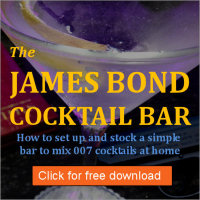
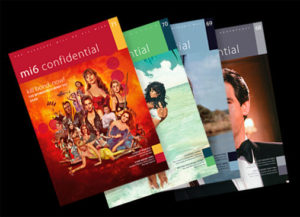

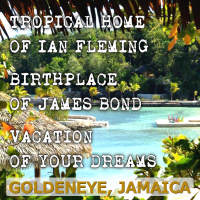
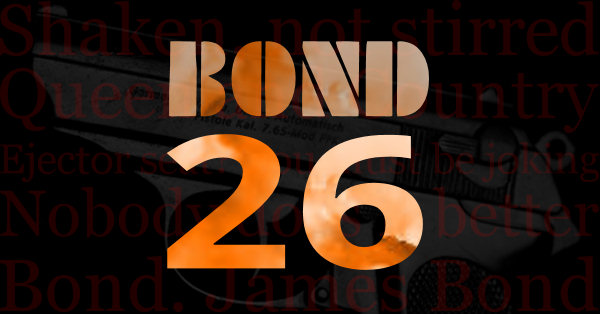
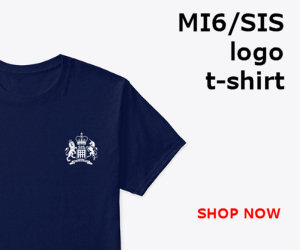



February 15th, 2011 at 20:04
“As with the previous two Bond films, the separation between title theme and soundtrack once again damages the integrity of the soundtrack.”
I must disagree with this, especially in the case of Living Daylights. The melodies to all three of the vocal tracks on that album, LD, “Where Has Everybody Gone” and “If There Was a Man” show up woven into the score throughout the film. For example, LD shows up in the track “Hercules Takes off”, WHEG in “Necros Attacks” and ITWAM in “Kara Meets Bond”, all of which Barry wrote or co-wrote. That soundtrack holds together as a whole very much because of these connections.
Did I misunderstand you or did you mean “previous” as in the most recent two films, not previous to License to Kill itself?
The only thing I didn’t like about The Living Daylights’ score is the synthesized drums heard throughout, and I know that Barry did become enamored of that sound. A real drummer doing the same patterns would have been preferable, at least to me. Other than that I would call this the last really good Bond album.
As for LTK itself, it was fairly lifeless and uninteresting, but better than others like Goldeneye. I REALLY liked the title track, though. But you are right, it is a long track, so long that the first verse is completely cut from the film. As a side note, the single version has a completely different, shorter opening.
February 16th, 2011 at 03:01
I totally agree with Arthur’s comment. And even in A View to a Kill we have “A wine with Stacey” using the title song in a inspired way. But Licence to Kill is really a mess. Despite the title song, and even the end titles by Labelle, that soundtrack really sounds dumb. And, by the way, I’m not a fan of David Arnold, too. Quantum of Solace is the unique Bond score that I don’t mind to have.